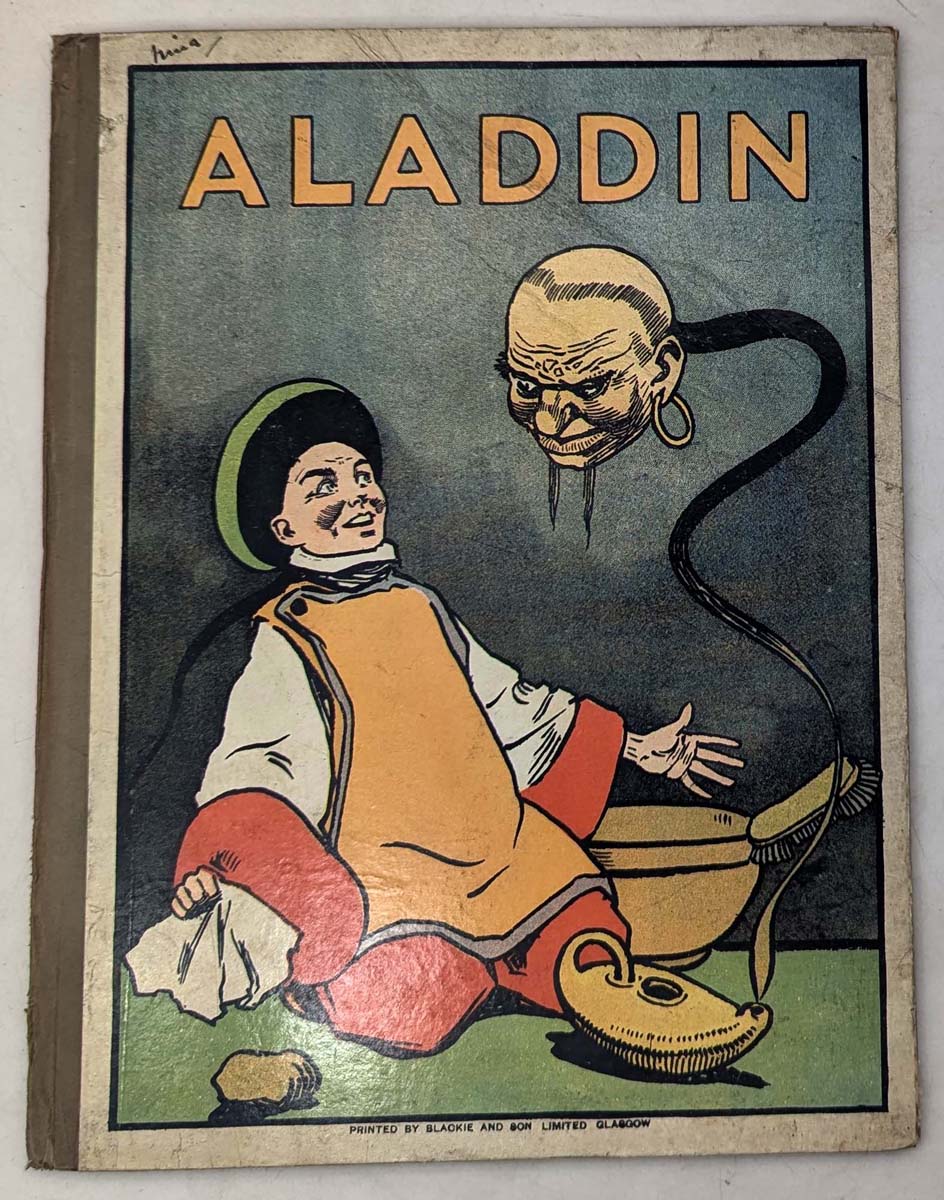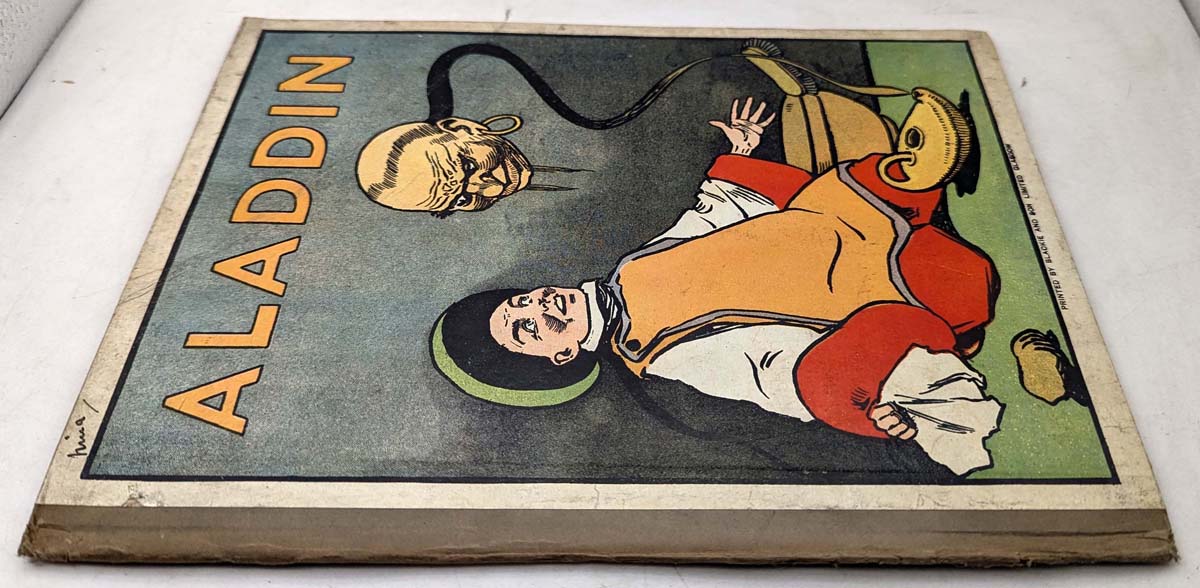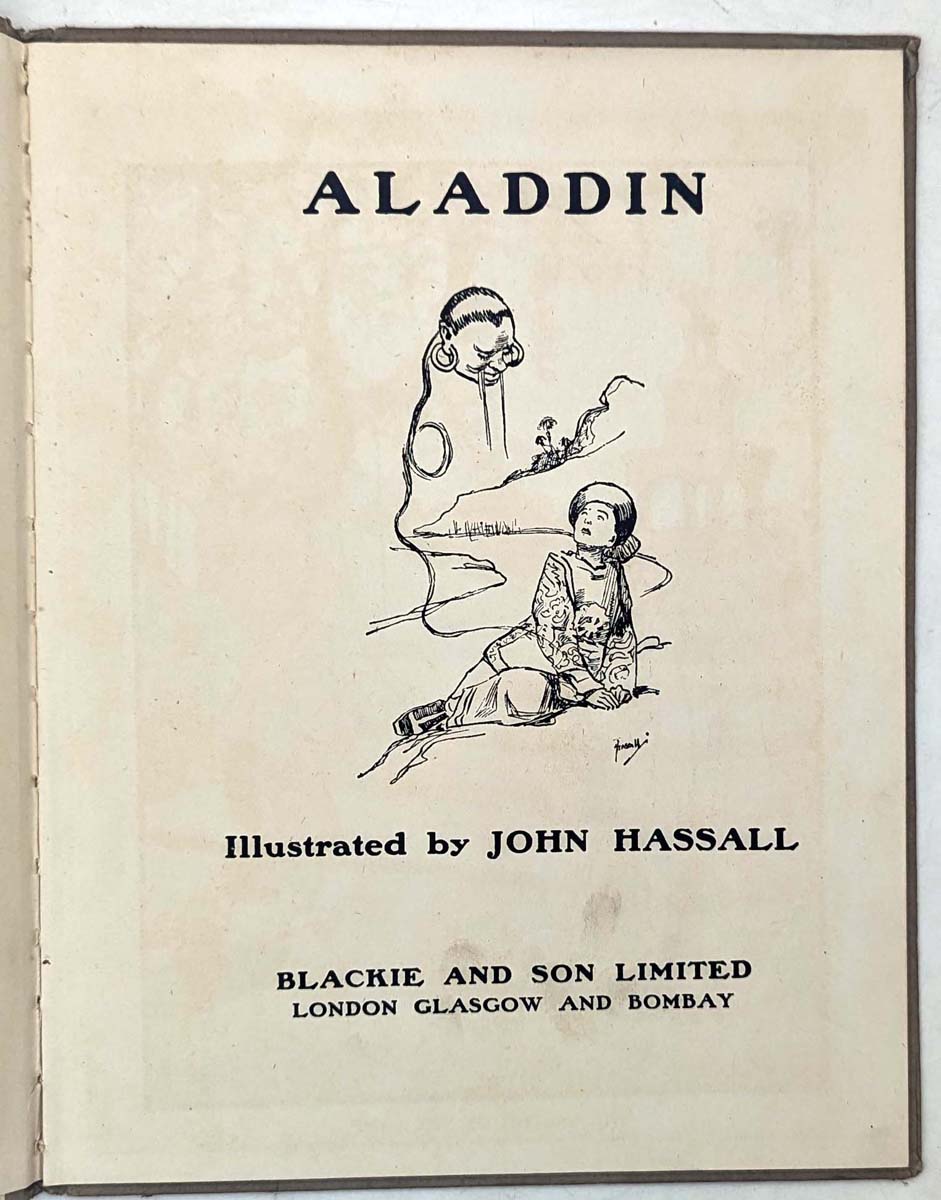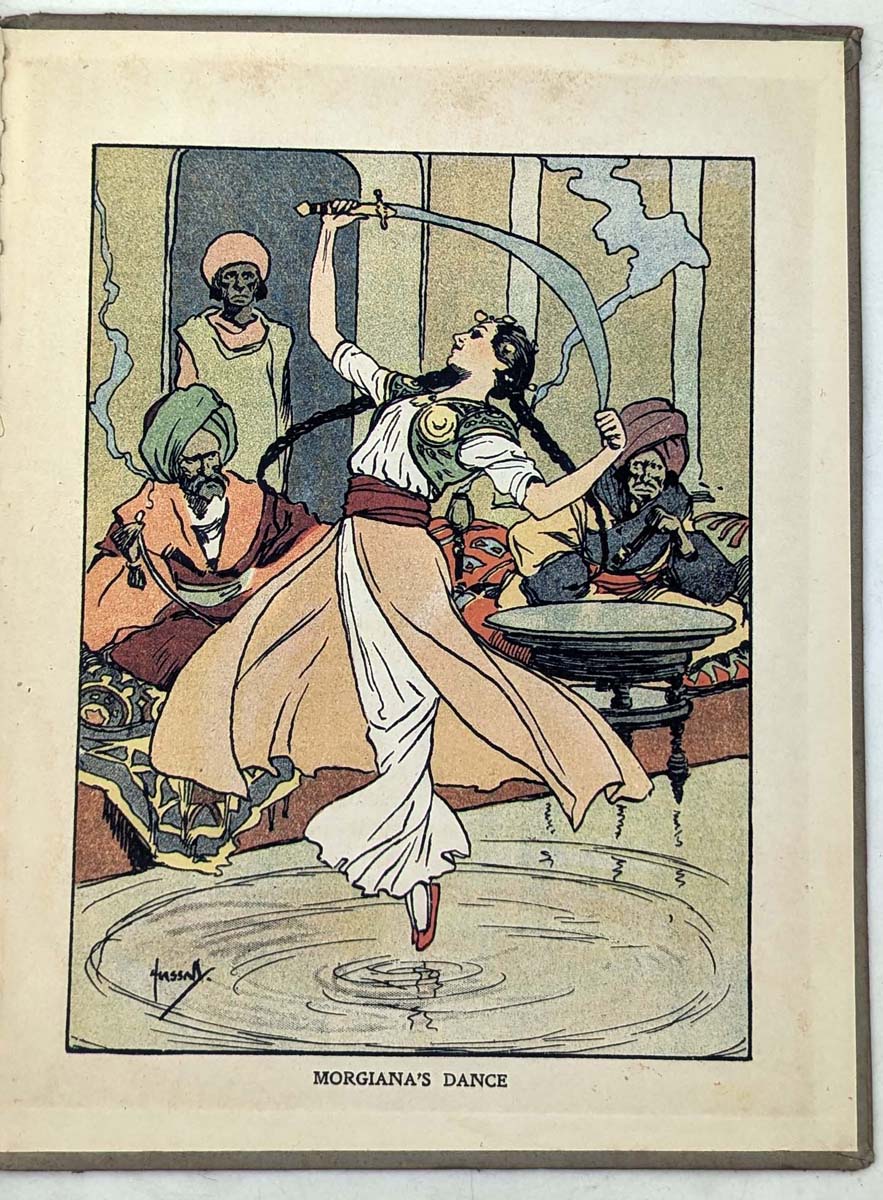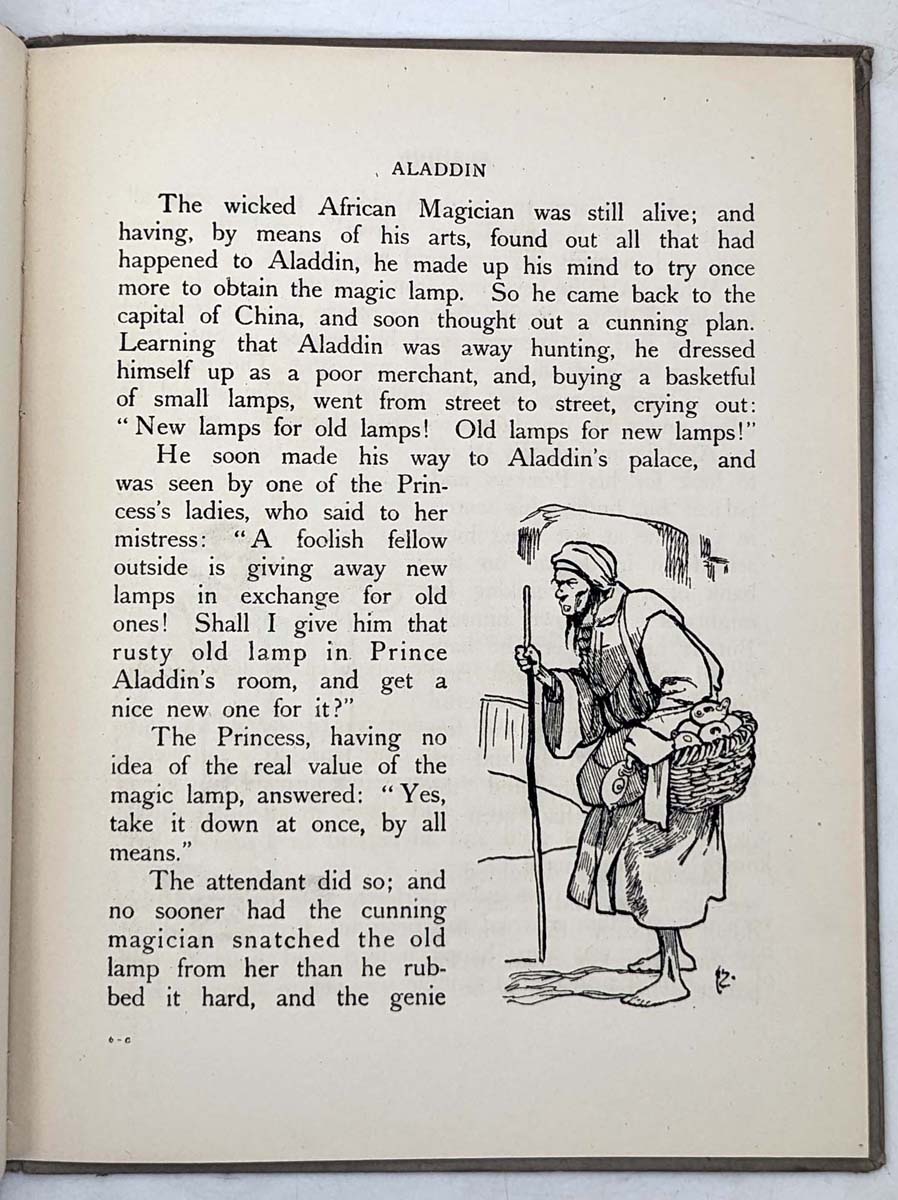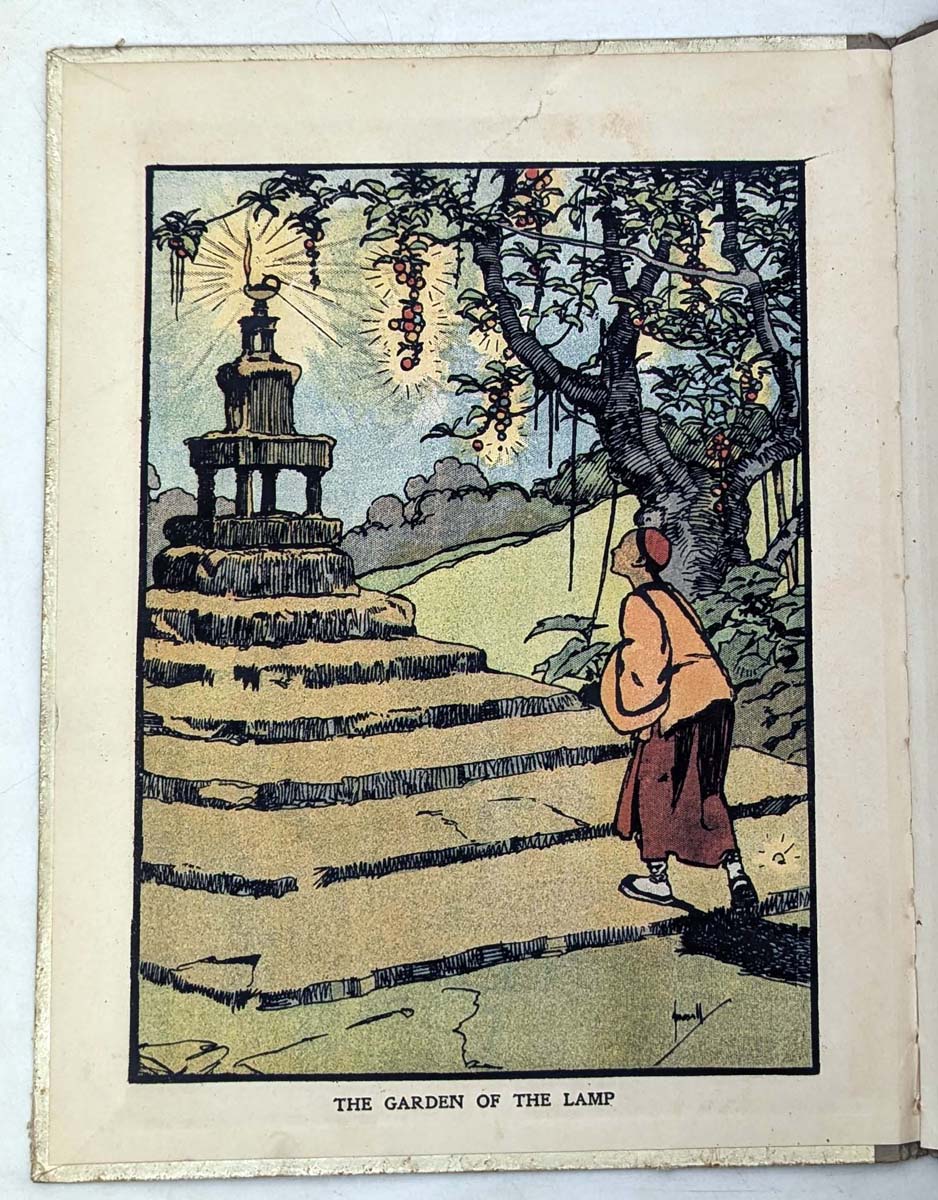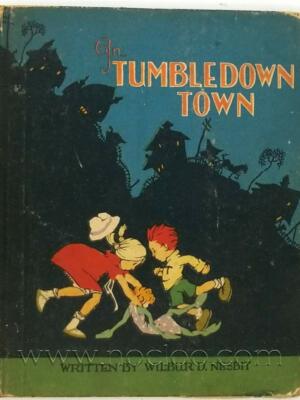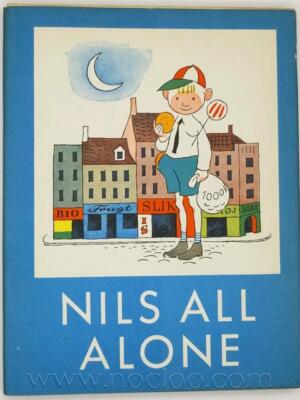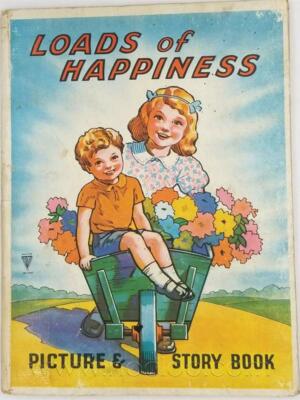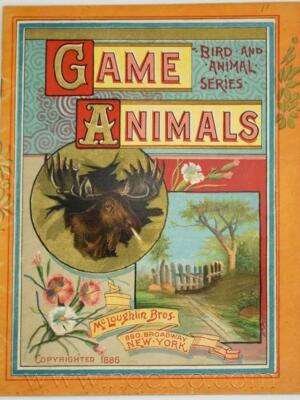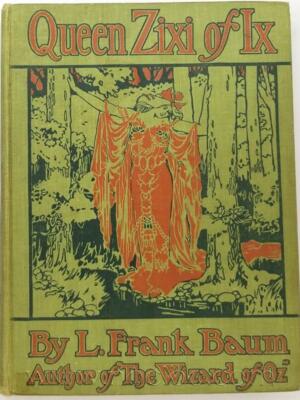Aladdin (1910s), illustrated by John Hassall, is a vibrant edition of the classic One Thousand and One Nights tale, brought to life through Hassall’s bold and theatrical poster-style artwork. Known as the “King of the Hoardings” for his iconic British travel posters, Hassall infused this children’s book with his signature cheerful colors, dynamic compositions, and exaggerated expressions, making it a visual delight of the Edwardian era.
Highlights of the Edition:
- Hassall’s Style: His illustrations—with their thick outlines, flat colors, and playful energy—evoke early 20th-century advertising art, giving Aladdin’s magic lamp, genies, and palaces a whimsical, almost pantomime-like charm.
- Nostalgic Appeal: The book reflects the golden age of gift-book illustration, akin to works by Arthur Rackham or Edmund Dulac, though Hassall’s approach is more populist and less ornate.
- Cultural Context: Published during a boom in exotic fairy-tale adaptations, this Aladdin leans into Orientalist tropes common at the time, albeit with Hassall’s lighthearted touch.
For Fans of This Edition, Try:
- Sinbad the Sailor (illus. Edmund Dulac, 1914) – For another Arabian Nights tale with lavish art.
- The Fairy Tales of the Brothers Grimm (illus. Arthur Rackham) – A darker, more intricate take on folklore.
- The Happy Prince by Oscar Wilde (illus. Walter Crane) – Edwardian moral tales with vivid art.
